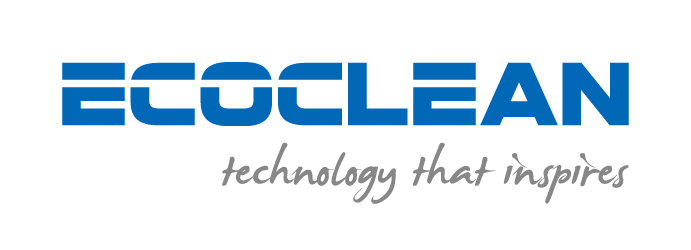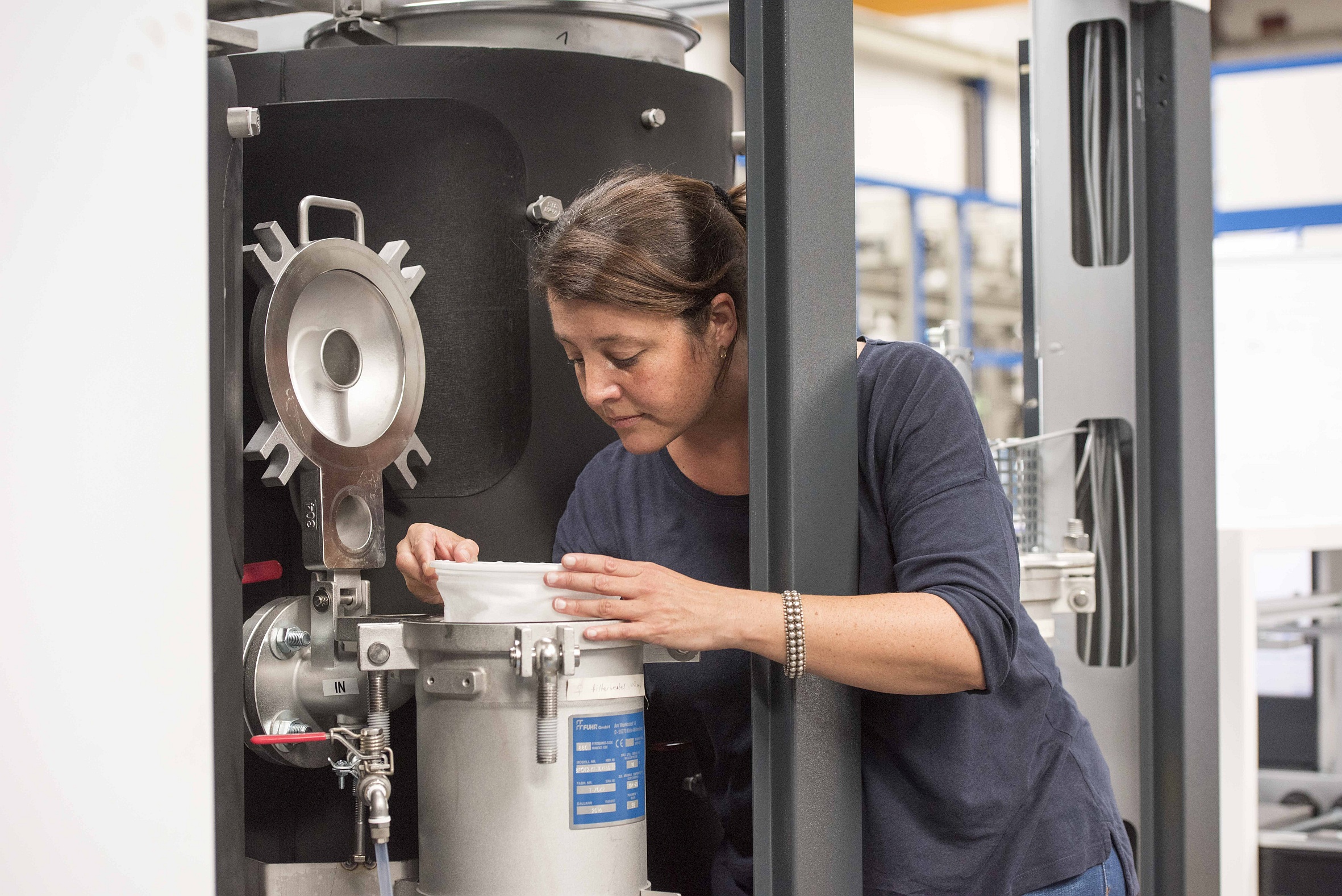
Cleaning processes often offer considerable potential for improvement when it comes to making parts cleaning operations more reliable, economical, and sustainable. The first step is to carry out a systematic process analysis that also takes a close look at upstream and downstream production steps.
To ensure the quality of subsequent process steps, avoid rejects and guarantee the functionality of the end product, consistent parts cleanliness is an essential quality criterion. Ever-stricter or even modified cleanliness specifications must be met. In addition, demands on the speed, cost-effectiveness, and sustainability of the cleaning process are constantly rising.
However, how well, fast and efficiently the cleaning work is carried out depends not only on the equipment, the process technology, and the medium used but also on factors relating to the cleaning process itself.
Systematic process analysis
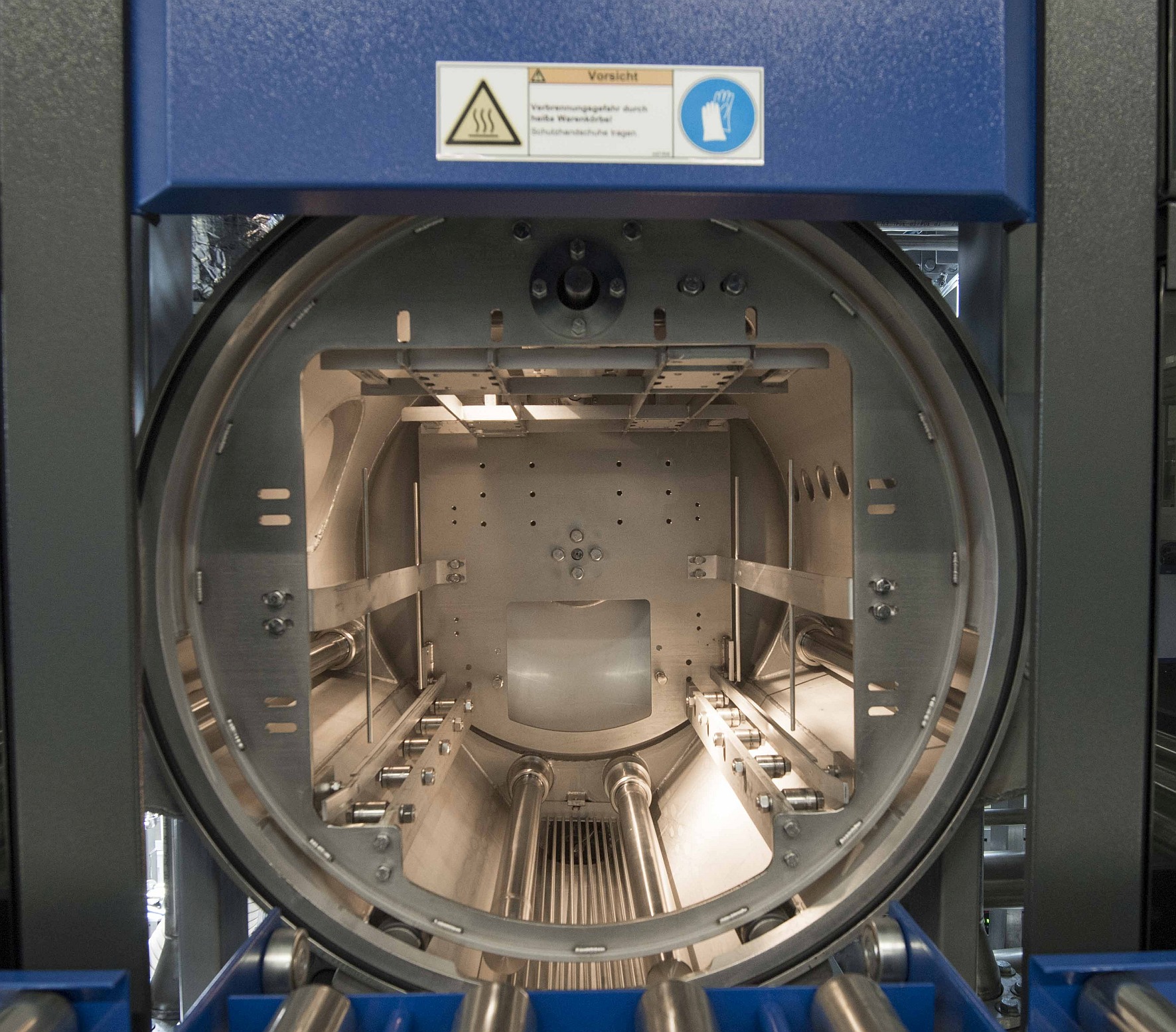
So what do you do if parts suddenly come out of the system stained, if specifications for particulate or thin-film cleanliness are no longer met, the cleaned parts arrive at the customer’s corroded, or cleaning is too slow/too cost-intensive? In the case of these and other problems, a systematic process analysis such as that carried out by the Ecoclean Academy at Ecoclean GmbH can pinpoint the root cause of the error.
The cleaning experts not only focus on the actual cleaning process and equipment but also assess the overall manufacturing environment. The smallest change to the part, part spectrum or material, type of contamination, or modifications to upstream or downstream processes is enough to seriously impair cleaning results.
Stains and thin-film residues on parts
According to the cleaning experts, a poor cleaning result or one that does not meet new higher requirements is a “classic” reason for carrying out a process analysis. The first step is to identify the exact problem - are thin-film cleanliness specifications not being fulfilled or are there stains on the parts?
If staining is the problem, one of the questions to be asked is whether the quantity and composition of the contaminants (processing media and other substances) have changed or whether the constituents and concentration of the cleaning medium are still appropriate. Other factors, such as rinsing water quality, bath treatment, process technology, and process sequence, as well as the drying step, are also closely examined. These are further influencing variables that play a role if thin-film cleanliness results are unsatisfactory.
Inability to meet particulate cleanliness requirements
If the cleanliness analysis after the cleaning cycle shows that too many or too large particles are still adhering to the parts, this may also be due to the cleaning program and process sequence used. Possible causes include residual particles in the working chamber or on the part carriers, an unsuitable filtration system, or a clogged filter.
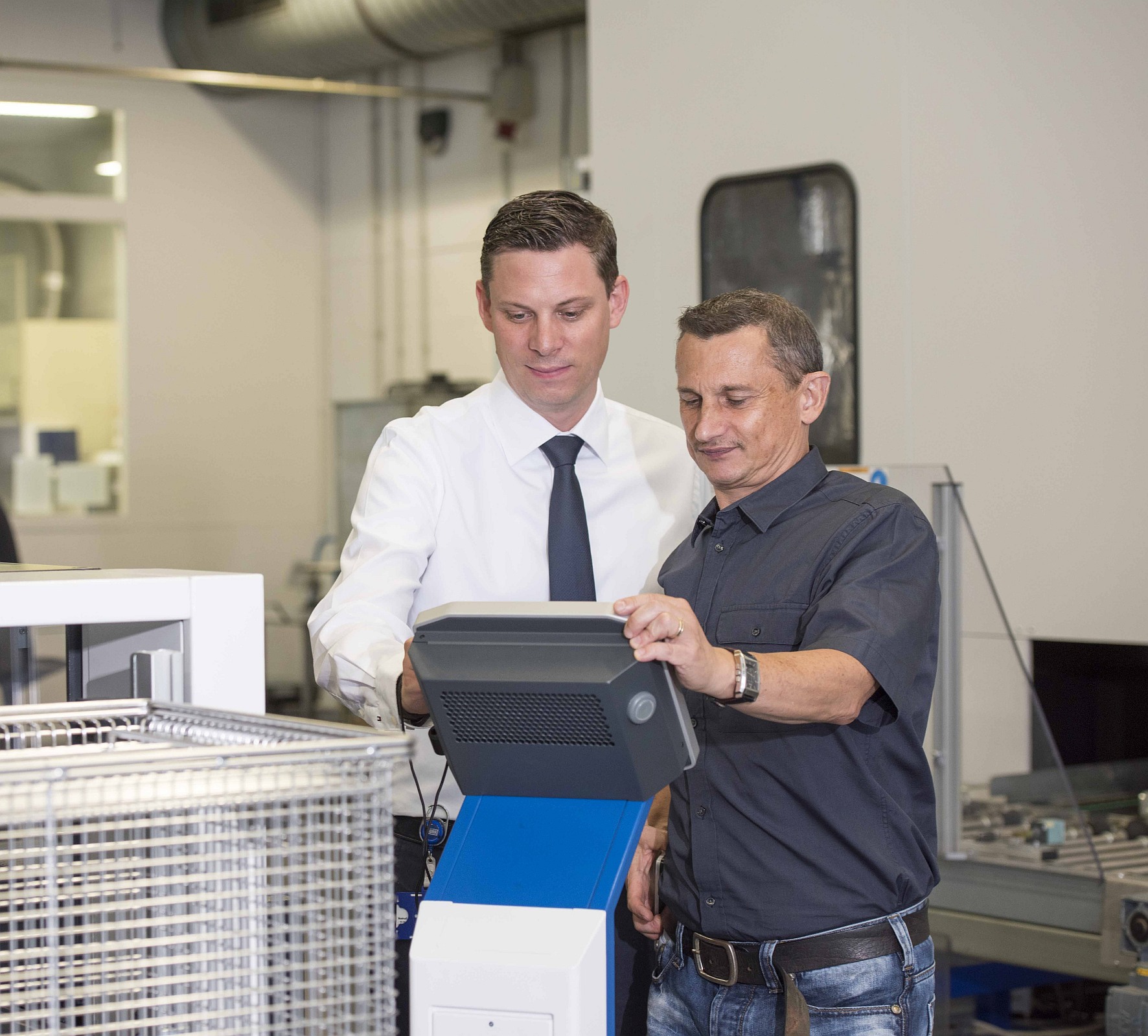
Sometimes, it is the wrong choice of cleaning containers, such as crates made of perforated galvanized sheet metal, which hinders the efficient and reliable detachment and removal of the particles. This type of crate blocks ultrasonic waves and prevents them from developing their full effect on the wash load. Likewise, the spray pressure does not reach the inside of the perforated crates. Compared to baskets made of round wire, a further problem is that the cleaning medium does not drip off these crates as effectively. This may result in the unwanted transfer of contaminants and/or cleaning chemicals. In any case, much longer and thus more energy-intensive drying processes are required.
A further cause of a failed cleanliness inspection is that is still attached to the parts, which detach when the parts are handled during the residual contamination check and then show up on the particle filter. If these particles are examined under a microscope, it can be determined whether they are chips or burrs. If the latter is the case, upstream processes must be evaluated to find out where the burrs occur and how their formation can be avoided. Particulate cleanliness can also be impaired by the magnetism that is “bought-in” with raw materials or arises during the manufacturing process. Magnetism binds chips to the parts and hinders or prevents their removal during the cleaning process.
Handling parts after cleaning
However, the cleaning process is not over when the parts come out of the machine with the required level of cleanliness. To prevent recontamination or corrosion, which can occur even with preserved or passivated parts, it is important to look at how parts are handled after the cleaning step. The following questions need to be answered: Where, how and for how long are the parts stored? How are they transported to the next processing step? What kind of packaging is needed for this? In addition, high cleanliness requirements often make it necessary for processes such as internal transport, assembly, or packaging to be performed in a clean environment or cleanroom.
Updating the cleaning process
Besides cleaning problems, modified cleaning programs can be a further reason for carrying out a process analysis. The aim is generally to shorten process times or enhance the cleaning result. As always, the analysis starts by documenting the actual state, which includes verifying the process parameters, process sequence, and process times. Based on the analysis results, the potential for improvement can be identified and appropriate measures can be defined. These may include modernizing the system, such as retrofitting or upgrading ultrasonic equipment.
Qualified personnel
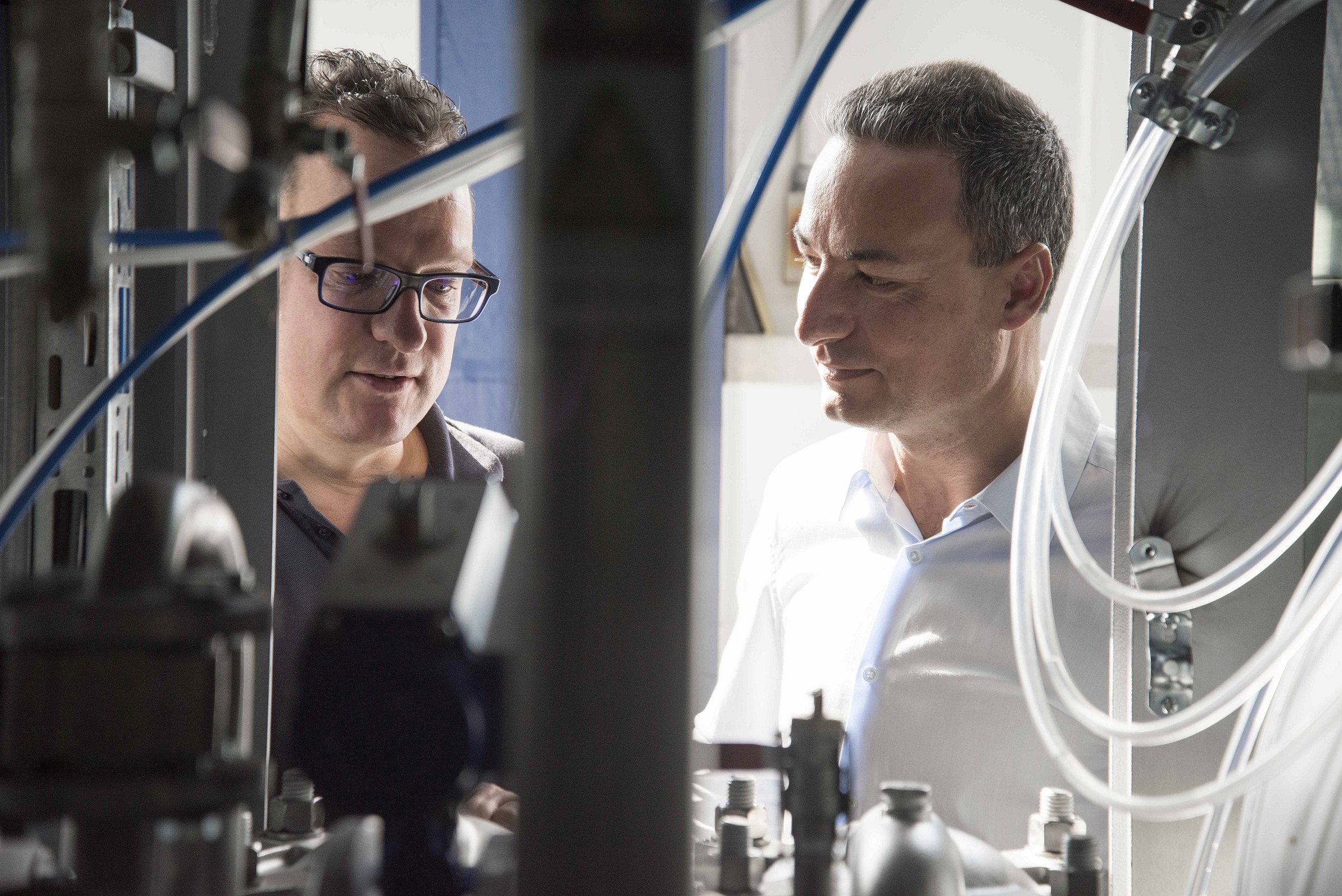
The parts cleaning staff must be involved in the process analysis and optimization measures. Raising staff awareness about cleanliness, as well as about the capabilities of the cleaning technology and the impact of parameter settings on the cleaning result, is a key factor.
If there is a change of personnel, it is also important that knowledge of how the cleaning system works and how, for example, bath treatment measures or regular maintenance work on the cleaning system are carried out is passed on. Otherwise, problems that had been eliminated in the past may occur again.
Investing in the training and continuing education of cleaning staff is, therefore, a cornerstone to achieving reliable cleanliness requirements economically and sustainably. The Ecoclean Academy therefore also combines process analyses with classic training courses.

